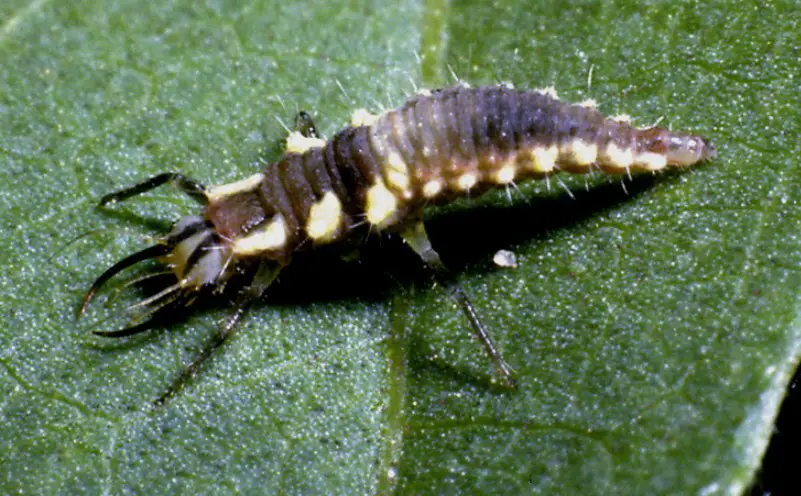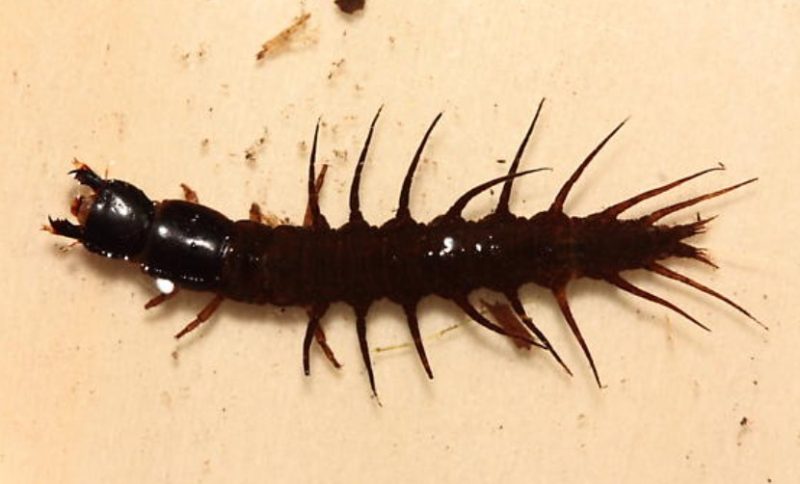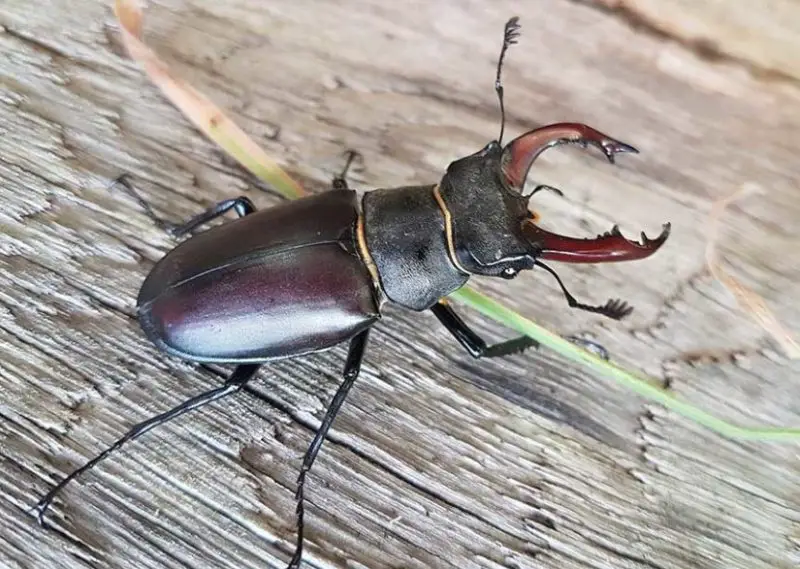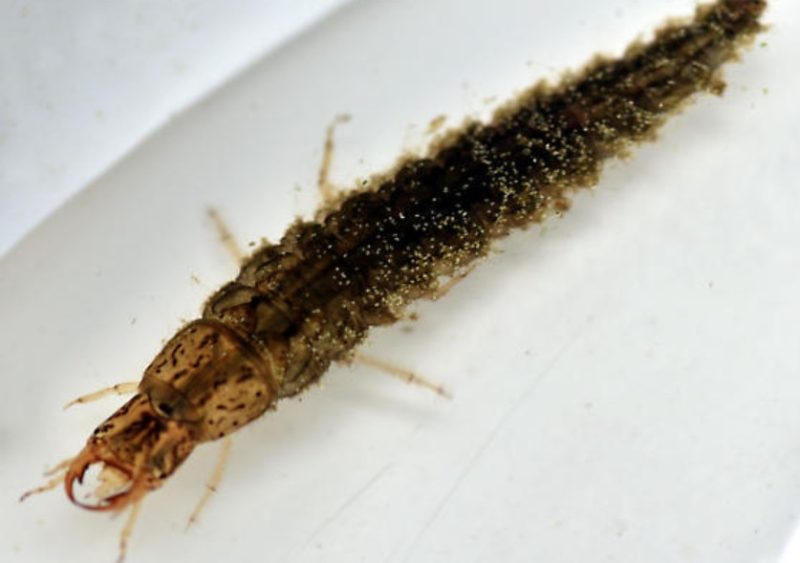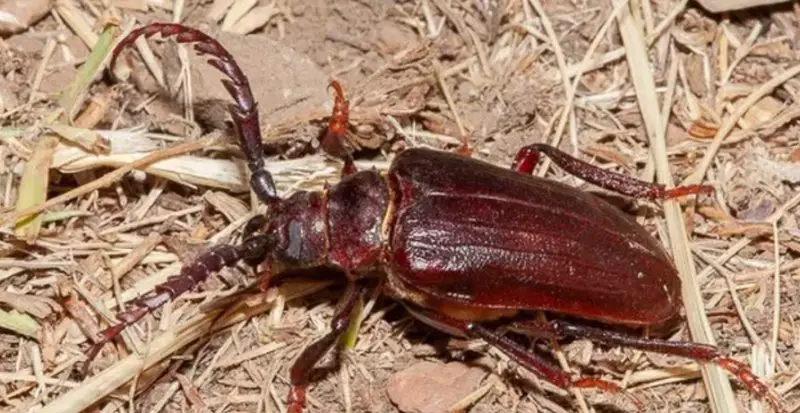Bugs with pincers represent a diverse group of arthropods that have evolved specialized appendages for survival. From the powerful mandibles of stag beetles to the menacing claws of praying mantises, these adaptations serve multiple functions.
Some species, like the giant water bug, use their pincers to capture and hold prey underwater. Others, such as certain ant species, employ their forceps-like appendages for colony defense and food transportation.
Different Types of Bugs with Pincers
Scorpions
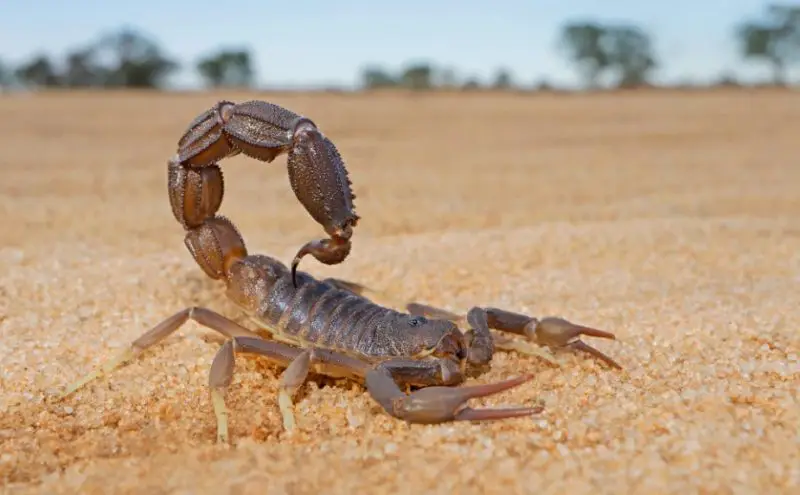
With the exception of the coldest parts of the Northern Hemisphere, scorpions are common arthropods found all over the world. They use their two front pincers for mating and defense. These pincers retain prey, while the scorpion uses its bent stinger to kill it, successfully discouraging predators like wasps.
The male and female scorpions hold each other with their pincers during the mating process, moving together until the male inserts the spermatophore into the female. Male and female scorpions rarely fight, but when it comes to reproduction, the pincers are quite important.
Camel Spiders
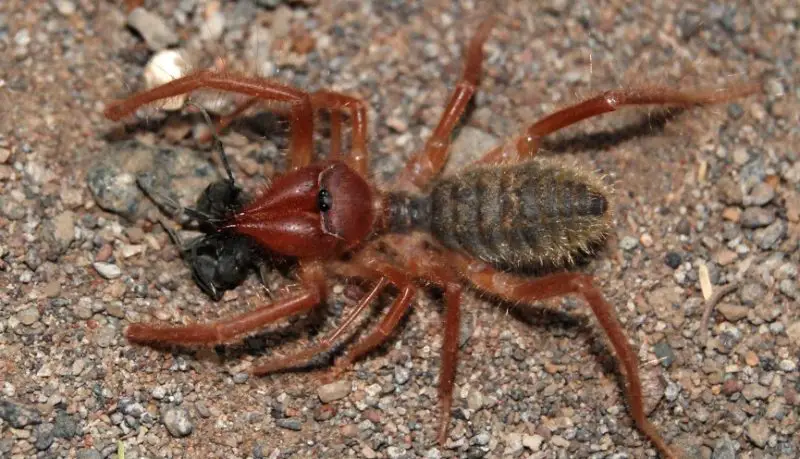
There are several superstitions surrounding camel spiders; some people think that humans can be killed by their enormous mandibles. Although camel spiders are incapable of murdering people, they do have strong front pincers that can take down small animals like lizards. The length of the spider’s body, which can reach several inches, can be accounted for by one-third of the length of its pincers.
Despite their size, camel spiders prefer to feed on small vertebrates and invertebrates rather than on humans and larger creatures. Because of their swift movements, they are dangerous to tiny animals. Camel spiders are not maintained as pets due to their aggressive behavior, as their pincers might easily injure small animals like guinea pigs.
Pseudoscorpions
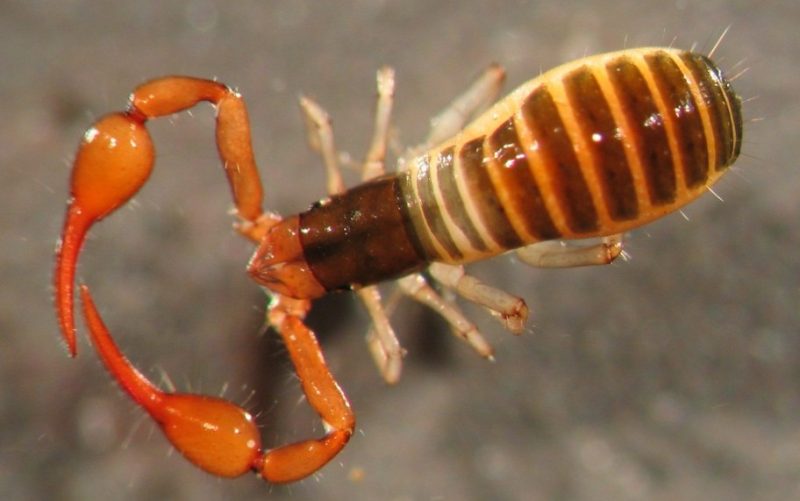
False Scorpions, or pseudoscorpions, get their name from the large pincers on their bodies. These tiny animals can be seen looking for food both indoors and outside. Each of their two enormous front pincers has a moveable and an immobile segment. The mobile section’s venom is strong enough to render small prey motionless, paralyzing it till it eventually stops.
It’s possible for pseudoscorpions to cling to their victim until they eat it. Pseudocrowns, which grow to a maximum size of 1/5 inch, are useful household pests that consume small insects, booklice, carpet beetles, and even small spiders.
Whip Spiders
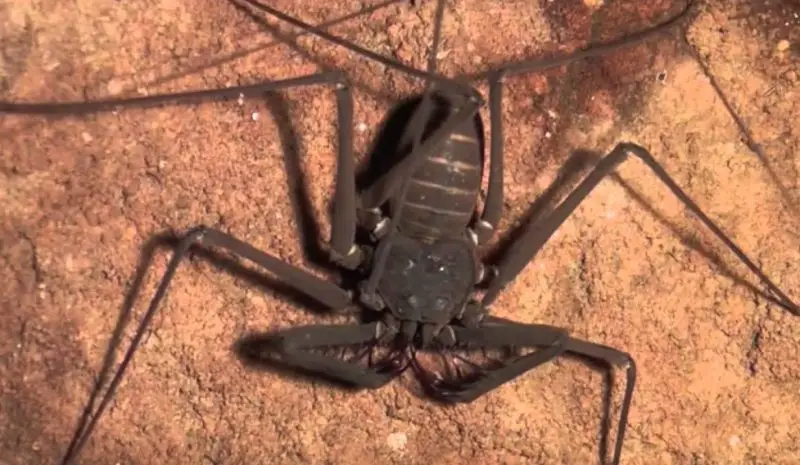
Whip Spiders can reach a maximum size of 6 inches, and its name comes from their long legs and whip-like pincers. To assist them blend in with their surroundings, these spiders have a flattened, gray body. They grab little prey and divide it into manageable bits using their strong front pincers.
Because they can go for extended periods of time without eating, Whip Spiders, despite their intimidating look, do not usually use their pincers. Apart from using their pincers against one other, they are normally non-aggressive and would rather flee from danger. Whip Spiders can be maintained as pets because of their calm disposition.
Whip Scorpions
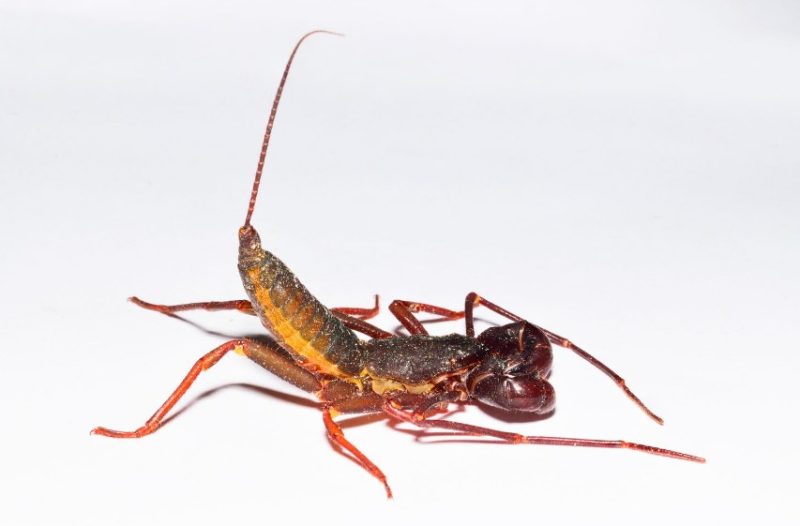
The front pincers of whip scorpions are used for mating and feeding. These little, scorpion-like animals are distinguished by their lengthy front legs, unique pincers, and all-black appearance. With the use of their pincers, Whip Scorpions are proficient predators that can capture and devour a variety of food, such as insects, worms, other scorpions, and even small vertebrates.
To help with digestion, they exude an acetic acid-rich liquid that resembles vinegar. Male Whip Scorpions utilize their pincers to keep the female from escaping until the male passes the spermatophore during mating.
Giant Water Bugs
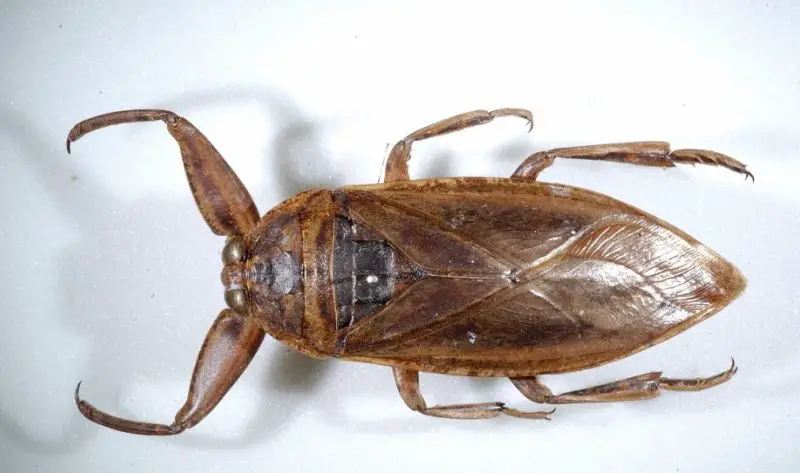
Large aquatic predators with strong front pincers, giant water bugs are frequently seen in pools in North America. These long, broad pincers work well on prey that is comparable in size, such as small fish and even young snakes. Giant Water Bugs, which resemble cockroaches in size, capture their meal with their pincers, bite, then inject a liquefying fluid to make it easier to consume.
Although they can harm humans with their pincers, they usually go after smaller or equally sized aquatic prey. Because algae attract the little insects that Giant Water Bugs eat, keeping the water clear of algae is crucial to avoiding these big predators in pools.
Dobsonflies
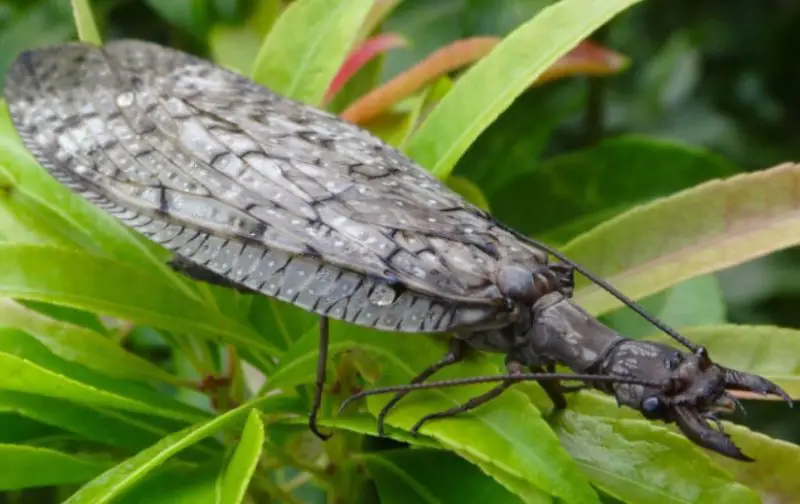
Among aquatic flies, dobsonflies are distinct due to their large wingspan and preference for bodies of water. They can be found near rivers and streams, where they deposit their eggs. Unlike female dobsonflies, males have huge pincers that are largely used during mating rituals. Males can establish supremacy by flipping other males during territorial disputes with the aid of these pincers.
The pincers are essential for securing mates, even if they are rarely utilized for cutting. When a male wins, he positions receptive females for mating with his pincers. Still, women have the ability to turn down even the most powerful men.
Dobsonfly Larvae
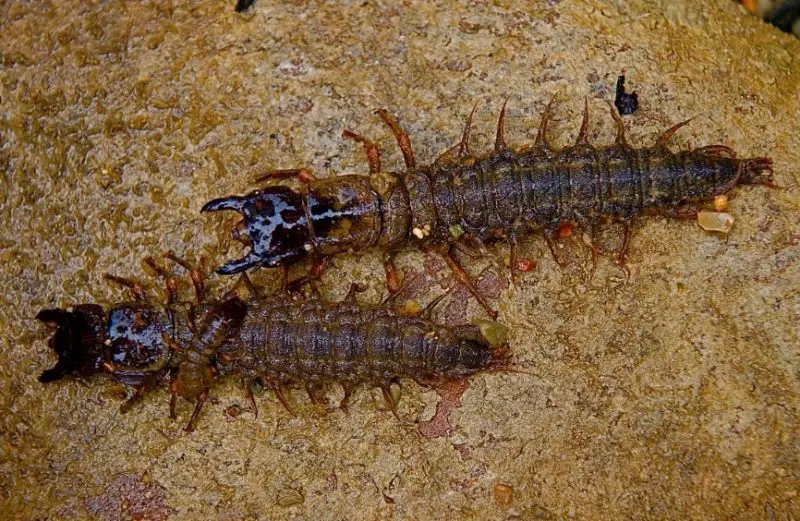
Like their adult counterparts, dobsonfly larvae are primarily dark, frequently black, and have pincers. By choosing pupation sites, these larvae have a major impact on the adult Dobsonfly’s existence by dictating where adults will live. Adult Dobsonflies only spend three to ten days in places that the larvae have selected.
Larvae follow the flow of the water when they migrate from streams to dry land to pupate. They search for places to hide, like beneath logs or rocks, then use their pincers to excavate pupation tunnels. After emerging as adults, Dobsonflies stay in these places in search of mates because they are omnivores.
Crab Spiders
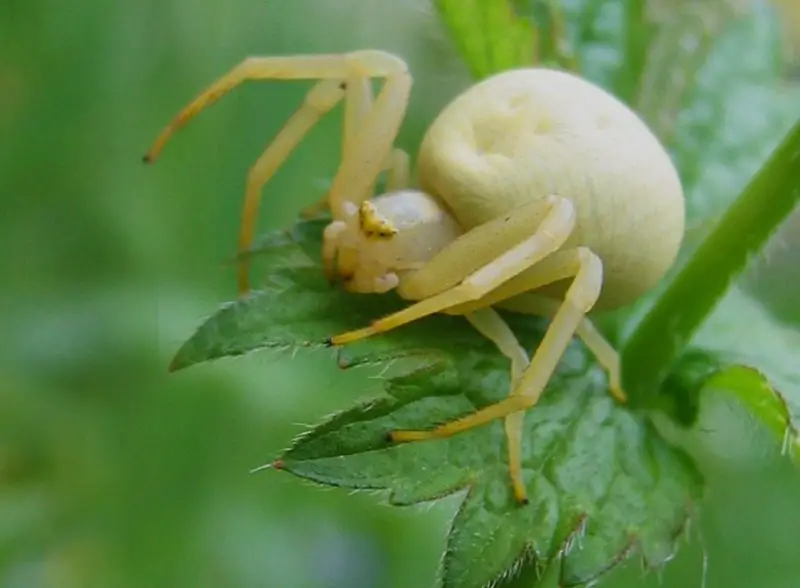
There are various types of crab spiders, so-called because of their claw-like appendages, which are usually present on the males. Typically, female crab spiders are larger and have smaller or no pincers. Males scrape algae off their bodies or catch prey with their long, extended pincers, which are longer than their legs. These pincers slow the spiders down despite their size, especially when they are being handled.
Since crab spiders have limited vision, it is difficult for them to attack prey quickly. As a result, they rely on their pincers to seize and cling to their prey. Their pincers can pinch painfully when handled violently, especially on bigger species.
Common Hentz Jumping Spider
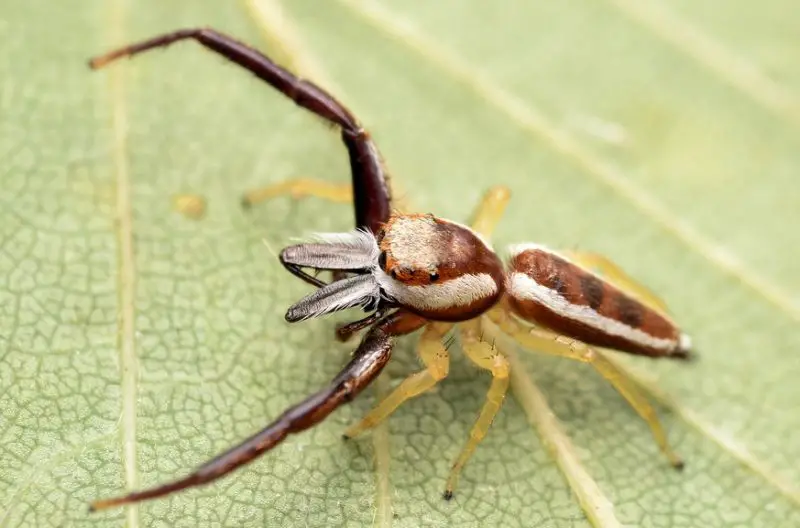
The uncommon Common Hentz Jumping Spider (Hentzia palmarum) does not spin webs to entice victims. Rather, they leap or strike their prey. Although they are capable of producing silk, they mostly employ it to encase prey to keep it from escaping.
These spiders grip their food in place with their large pincers and front legs. The front legs have the same reddish-brown color as the pincers, giving them a crab spider-like appearance. Their dorsal side is brown, while the remainder of their body is yellow. Common Hentz leaping Spiders have exceptional vision and rarely miss their target when leaping. They also use their pincers a lot.
Bull Ants
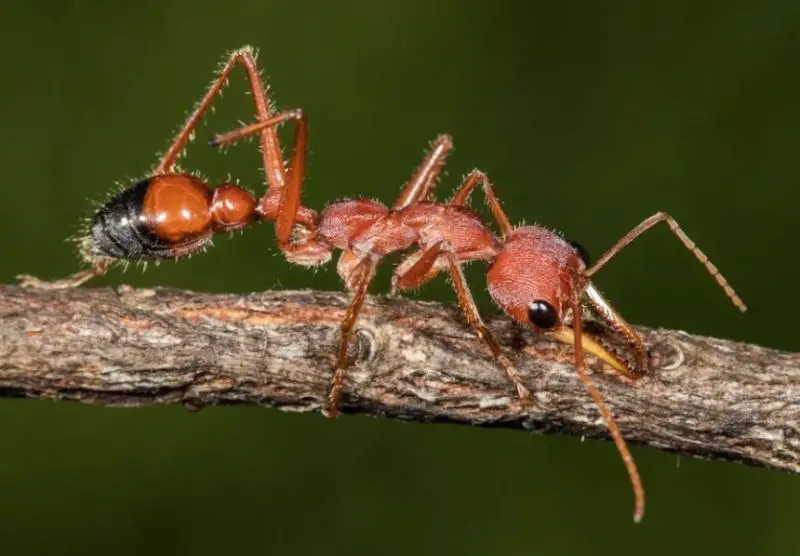
Bull ants are endemic to Australia and are classified as members of the genus Myrmecia. They are mostly found in Eastern Australia and may be identified by their black and red bodies. The long front pincers of these ants, which protrude from their mandibles, are mostly employed for feeding. Although their primary food source is pollen, bull ants also catch and retain tiny insects. They use their pincers to help them catch prey, which they then carry back to their burrows.
Bull Ants are well known for biting people extremely painfully with their defense pincers. Bull ant bites are usually treated by washing the site with soap and water, then using ice and cold compresses to reduce swelling and pain.
Termites
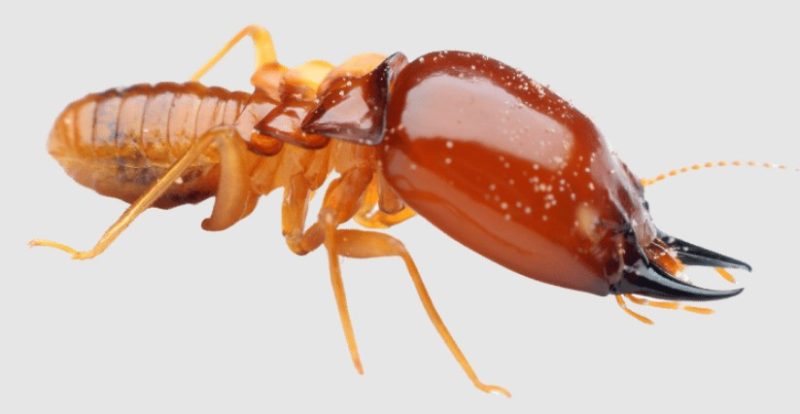
Termites are infamous for their propensity to destroy wooden constructions and are present throughout the world, including North America. These insects have extremely useful mandibles, or pincers, that are designed specifically to eat wood. Research shows that termite pincers vary significantly between species in terms of both structure and effectiveness.
For example, asymmetric pincers are more skilled at consuming wood than normal ones of the same length. Soldier termites perform vital functions inside termite colonies, and they resemble stag beetles in the efficient use of their elongated jaws for everyday chores.
Lacewing Larvae
